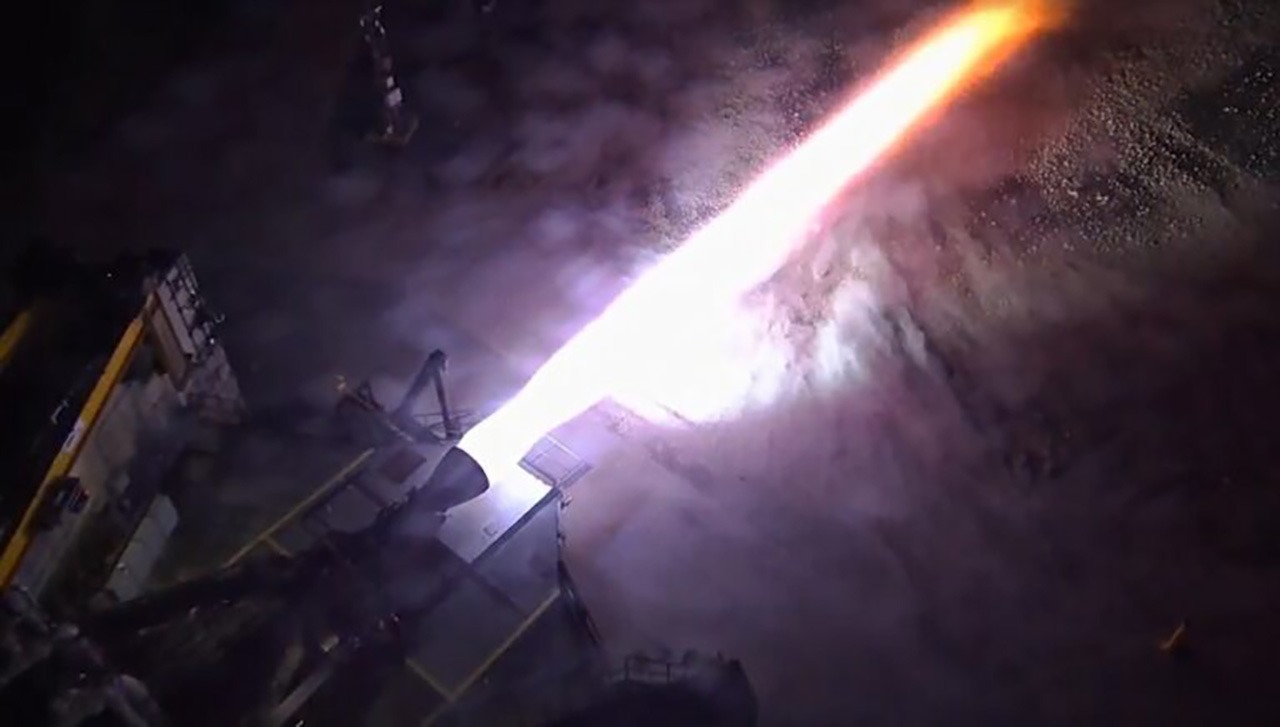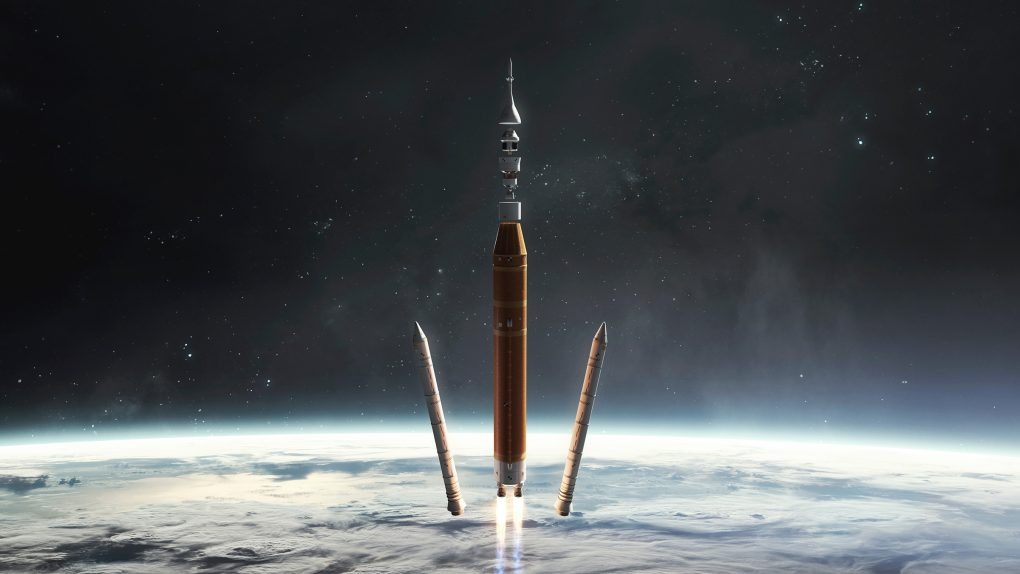NASA’s Artemis mission is one of the most exciting space journeys that the whole world is looking forward to. Despite the fact that before the launch of Artemis III, which intends to land people on the surface of the Moon, NASA has to overcome great obstacles in its path. An important step in its development is the successful testing of the engine of the SpaceX lunar lander.

NASA reported that SpaceX managed to prove the reliability of the rocket engine that will be used in Artemis III. The SpaceX Raptor engine for the HLS landing system successfully passed stability tests and power changes during various maneuvers. This is very important for control during complex operations and landing.
This engine, which is part of the HLS, will be a key element for a safe landing on the Moon and return to Earth. A similar concept was used in the Apollo missions for astronauts during the first landings on the Moon.
Raptor engine demonstration of a descent burn to the lunar surface pic.twitter.com/MbW19KFm2H
— SpaceX (@SpaceX) September 14, 2023
The Raptor tests are of particular importance because they have proven that the engines are capable of operating in conditions of extreme temperature differences caused by prolonged stay in space. They also demonstrated that they could provide the necessary thrust for a safe landing on the surface of the Moon.
NASA and SpaceX are actively collaborating on the development of systems for Artemis III and other future missions to the Moon. The HLS system opens up new opportunities for NASA and SpaceX in conquering the Moon and Mars, and possibly other space objects.

In the future, it is worth hoping for further success, but it is also worth remembering that delays in other SpaceX projects, such as Starship, may affect the implementation of NASA’s Artemis missions.
Earlier we reported on how LRO photographed the possible landing site of Artemis III.
According to NASA
Follow us on Twitter to get the most interesting space news in time
https://twitter.com/ust_magazine
